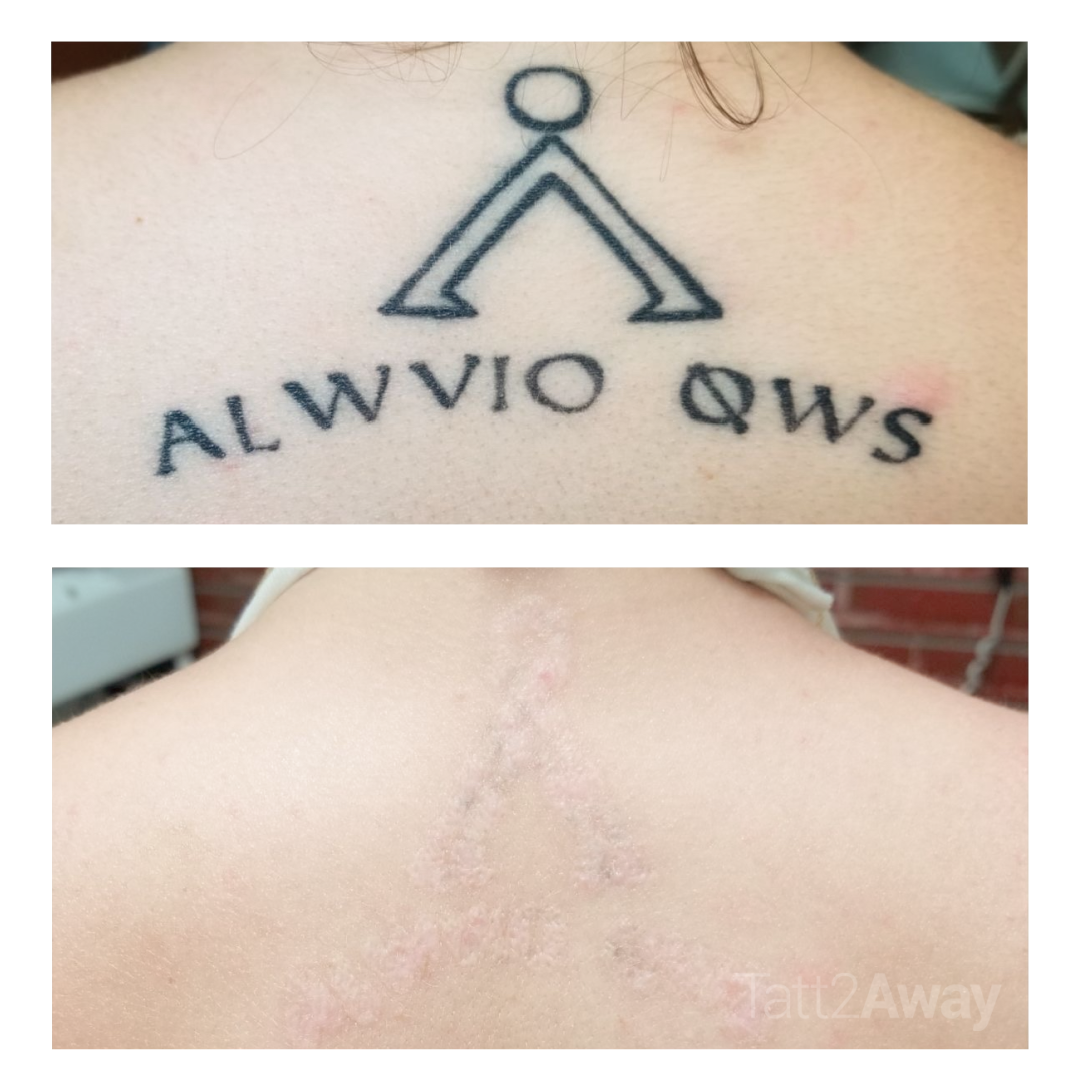The EU Ink Ban’s Impact on the Tattoo Community
Coming into effect on Tuesday, 4th January 2022, the EU Ink ban has shocked the tattoo community in many ways. The European Union has updated regulations on chemicals, known as ‘Reach Regulation’, agreed upon by all member states of the EU in 2020. The ban specifically cites around 4,000 chemicals, some of which are commonplace in tattoo inks, to be banned from use in tattooing. According to the EU, the rationale behind this move is public safety. However, they assure it is not meant to put a ban or restriction on tattoo art. Fearing that tattoo inks can be dangerous to the consumer, causing skin allergies or even more serious conditions such as genetic mutations or cancer, the EU decided to act.
What does this mean for Tattoo Artists?
Under these new regulations, the biggest effect will be seen via the ban on the use of isopropyl alcohol (commonly found in tattoo inks), causing a major shift in ink manufacturing and where artists can purchase their supplies. Although alternatives are available, tattoo artists admit that they will have to get used to the consistency and functionality of these alternative inks.
On a separate note, some pigments included in the ban are much harder to find alternatives for. Specifically, Pigment Blue 15 and Pigment Green 7, which are heavily used in the tattoo community. Artists are worried that the ban on these colours will impact the palette they can work with and therefore will ultimately affect their art. In response, the EU has given a grace period for these two pigments to allow time for alternatives to be found.
Artists established within the tattoo community worry that the ban could lead to an increase in black market tattoos, ultimately creating more of a health risk than seen prior to these new regulations.
What does this mean for Tattoo Removal?
The EU Ink ban primarily focuses on public safety and ensuring the long-term safety of individuals pursuing body art. The European Commission released a statement saying, “The restriction covers carcinogenic, mutagenic and reprotoxic substances, chemicals prohibited in cosmetics, skin sensitisers, skin and eye irritants, metal impurities, aromatic amines, and some pigments.” The European Chemicals Agency (ECA) worries that ink pigments are able to move into organs outside of the skin, including the lymphatic system and liver, which over time could cause carcinogenic effects.
In the same regard, the primary method of action used by lasers through laser tattoo removal is to break down ink into smaller particles which, in theory, are then processed by your lymphatic system, eventually moving through your blood, lymphatic, gastrointestinal, and urinary systems before hopefully leaving the body. However, it is not yet known what percentage of ink is completely removed from the body through laser tattoo removal and what percentage remains in your body. The ink may no longer be visible on the skin, but the concern is that these potentially carcinogenic particles may remain deeper in your body’s organs.
Alternatively, for those concerned about the potential health risks involved in keeping tattoo ink or removing it through the laser tattoo removal method, there are non-laser methods available. The most effective non-laser method currently on the market utilises a Trans Epidermal Pigment Release system that completely removes the tattoo ink from the body, extracted from the skin via an escharotic approach. This system is called Tatt2Away.

With the increasing concern over tattoo ink safety and its potential carcinogenic effects, the non-laser method that Tatt2Away utilises, which removes the actual ink from the body, is set to become the safest and most effective tattoo removal method on the market.
The EU Ink Ban: What does it mean for Tattoo Removal? was originally published in Tatt2Away on Medium, where people are continuing the conversation by highlighting and responding to this story.

